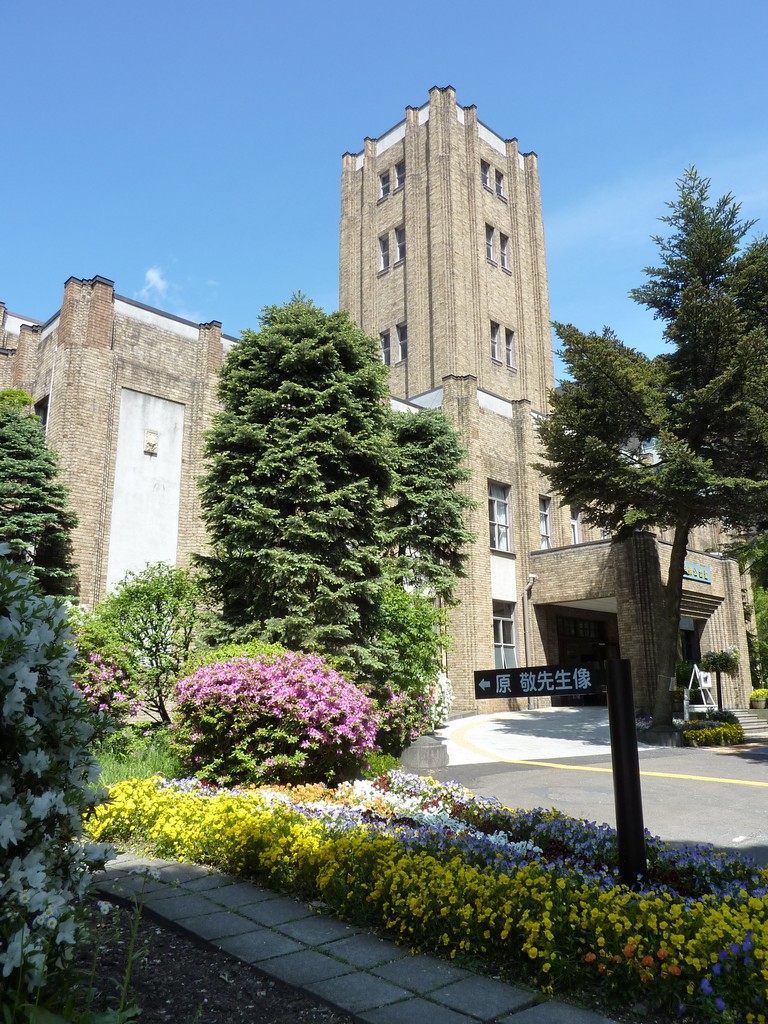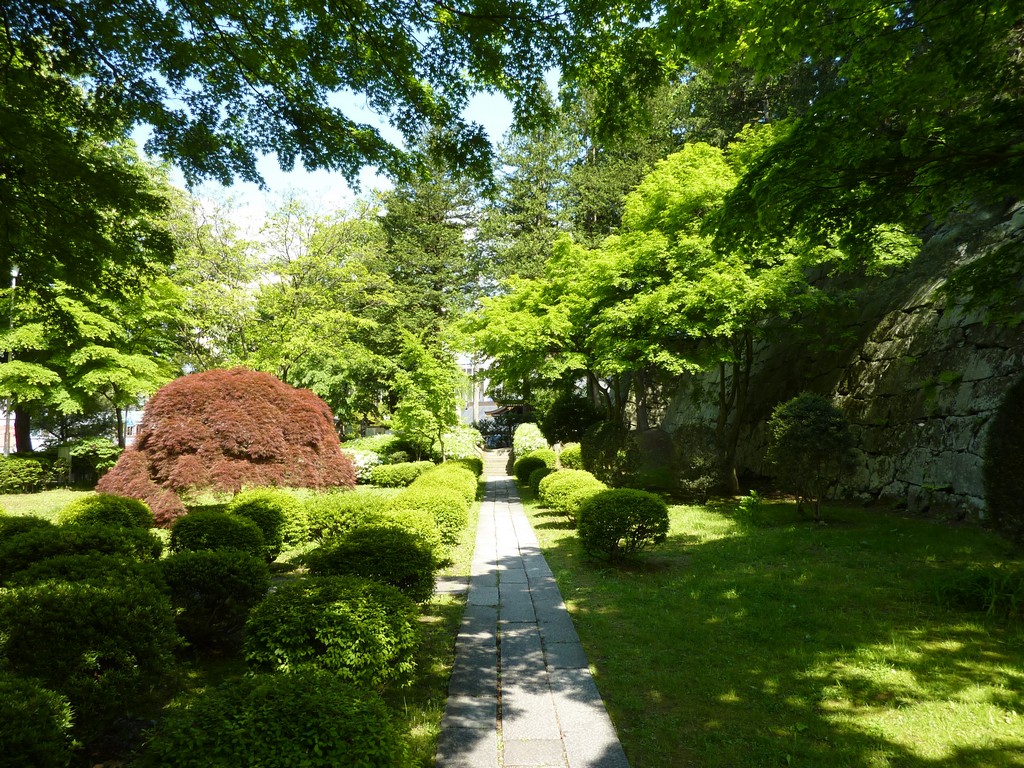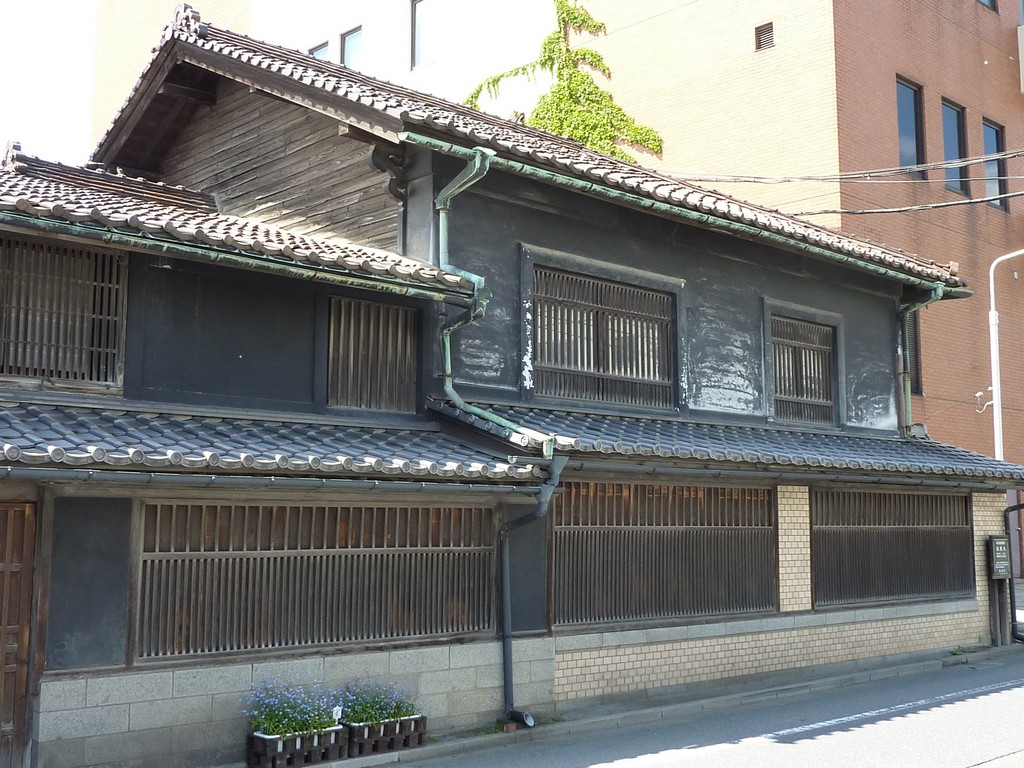More photos of Morioka
Expanding at the foot of Mount Iwate, Morioka is the main transport hub for central Tōhoku. Established in 1597 as a fief of the Nanbu clan, Morioka once had a mighty castle, of which the massive walls remain. The city has a few Western-style buildings and is otherwise known for its Sansa Odori Festival in August and the Chagu-Chagu Umakko parade in June. Local culinary specialties include Morioka Jajamen, Wankosoba and Morioka Reimen.
Morioka was founded at the confluence of the Kitakami River with the Nakatsu and Shizukuishi Rivers. Water is therefore omnipresent is this landlocked city, and the snow-capped Mount Iwate is usually visible from the city centre.
Attractions

The feudal castle of Morioka may have lost its keep, but its enormous defensive walls are still an impressive sight. Located in the centre of town, Morioka Castle Site Park (also known as Iwate Park) is an oasis of greenery and is endowed with beautiful Japanese gardens.
Morioka experienced a little boom during the Meiji period. Major banks were established, and their headquarters built in brick or stone and influenced by European architectural styles. The largest of them is the red-bricked Iwate Bank (built in 1911), just across the Nakatsu River from the eastern corner of the castle park.
Another Meiji-era building is the Iwate-ken Kōkaidō (Iwate Prefecture Civic Hall), close to which is the locally famous "rock-splitting cherry tree".
In the same neighbourhood is a row of buildings known as Gozaku, made up of traditional Meiji-era Kurazukuri (fire-proof storehouse). Further down the street is a 19th-century fire station.
In the eastern part of the city is the eclectic Hashimoto Art Museum (橋本美術館), located at 10 Sainoshin, Aza, Kagano. It was founded by Hashimoto Yaoji (1903-1979), a collector of Japanese and Western art. Works include paintings by Gustave Courbert and Charles-François Daubigny and local artists, but also Japanese festival paraphernalia, old ceramics, Nambu cast-iron kettles, folk art, and antique European furniture. It is open daily from 10:00 am to 5:00 pm and admission is ¥700.


How to get there
From Tokyo, the Hayate and Komachi shinkansen take from 2h30min to 3h to reach Morioka (¥13,840). Coming from Aomori, the trip takes 2 hours (¥5,780).
There are several overnight JR Highway bus services running from Tokyo to Morioka. The most comfortable if the Rakuchin, which runs twice nightly from Tokyo Ikebukuro Station to Morioka (about 7h30min, ¥7,850 one way).
The nearest airport is Hanamaki Airport, 35 km south of Morioka and one hour away by train (¥480). JAL has flights connecting Hanamaki to Sapporo, Tokyo, Osaka (Itami & Kansai airports) and Fukuoka.